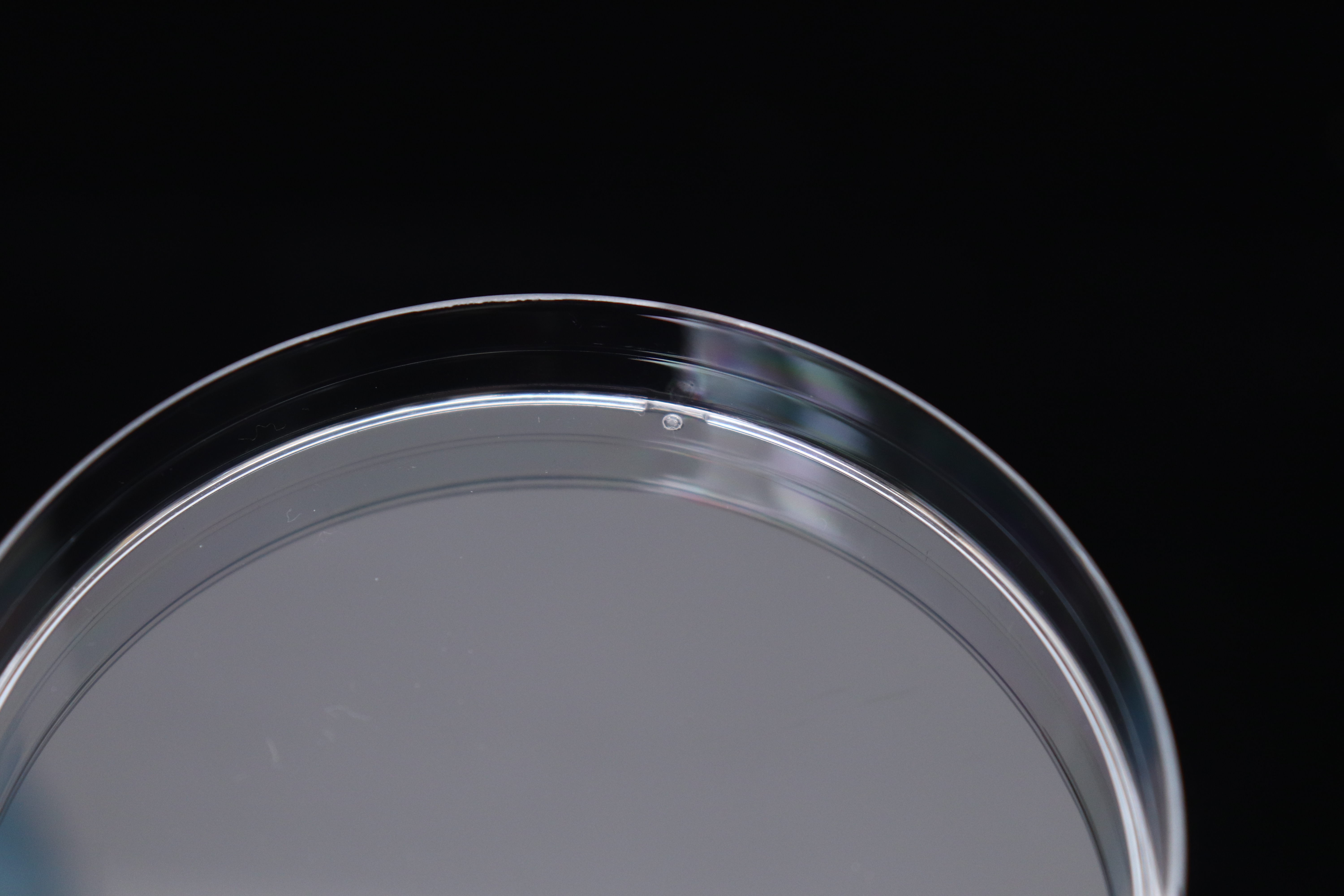Precautions for use of Petri dishes
Cleaning of Petri dishes
1. Soaking: Soak new or used glassware with clean water to soften and dissolve the attachment. Before using new glassware, simply brush it with tap water, and then soak it in 5% hydrochloric acid overnight; The used glassware often contains a lot of protein and oil, which is not easy to brush off after drying, so it should be immersed in clean water immediately after use for brushing.
2. Brushing: put the soaked glassware into detergent water and brush repeatedly with a soft brush. Do not leave dead corners and prevent damage to the surface finish of containers. Wash and dry the cleaned glassware for pickling.
3. Pickling: Pickling is to soak the above vessels into the cleaning solution, also known as acid solution, to remove the possible residues on the surface of vessels through the strong oxidation of acid solution. Pickling shall not be less than six hours, generally overnight or longer. Be careful when placing and taking utensils.
4. Flushing: The vessels after brushing and pickling must be fully flushed with water. Whether the vessels are washed clean after pickling directly affects the success or failure of cell culture. For manual washing of pickled vessels, each vessel shall be repeatedly “filled with water – emptied” for at least 15 times, and finally washed for 2-3 times with re steaming water, dried or dried, and packed for standby.
5. Disposable plastic culture dishes are generally ray sterilized or chemically sterilized when they leave the factory.
Classification of Petri dishes
2. It can be divided into plastic petri dishes and glass petri dishes according to different manufacturing materials, but both imported petri dishes and disposable petri dishes are plastic materials.
3. According to different sizes, they can be generally divided into 35mm, 60mm and 90mm in diameter. 150mm Petri dish.
4. According to the different partitions, it can be divided into 2 separate Petri dishes, 3 separate Petri dishes, etc.
5. The materials of culture dishes are basically divided into two categories, mainly plastic and glass. Glass can be used for plant materials, microbial culture and adherent culture of animal cells. Plastic materials may be polyethylene materials, which can be used once or for many times. They are suitable for laboratory inoculation, scribing, and bacteria separation operations, and can be used for the cultivation of plant materials.
Precautions for use of Petri dishes
1. The culture dish is cleaned and disinfected before use. Whether it is clean or not has a great impact on the work, which can affect the pH of the culture medium. If some chemicals exist, it will inhibit the growth of bacteria.
2. The newly purchased culture dishes should be washed with hot water first, then immersed in 1% or 2% hydrochloric acid solution for several hours to remove free alkaline substances, and then washed twice with distilled water.
3. To cultivate bacteria, use high pressure steam (generally 6.8 * 10 Pa high pressure steam to the 5th power), sterilize it for 30min at 120 ℃, dry it at room temperature, or use dry heat to sterilize it, that is, put the culture dish in the oven, maintain it for 2h at 120 ℃, and then kill the bacterial teeth.
4. Sterilized culture dishes can be used for inoculation and cultivation.
Post time: Dec-28-2022




